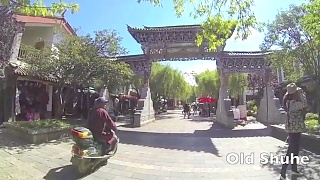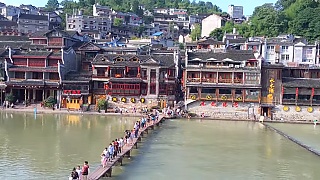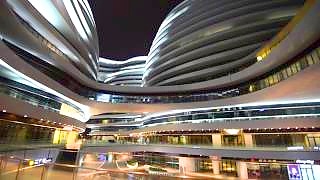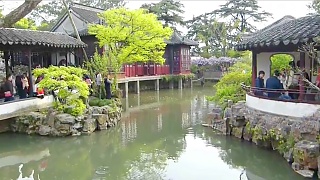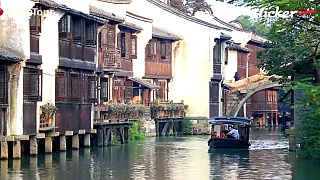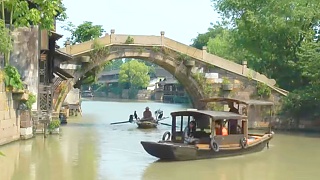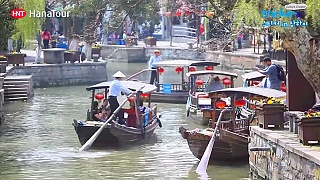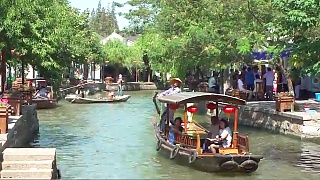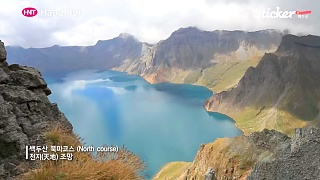
|
Weather Summary for Selected Cities in China:
Beijing:
Spring: Daytime temperatures: 11°C to 24°C, Nighttime temperatures: 2°C to 13°C.
Spring in Beijing is generally mild and dry, with occasional sandstorms in March and April.
Summer: Daytime temperatures: 29°C to 31°C, Nighttime temperatures: 17°C to 24°C.
Beijing summers are hot and humid, with frequent thunderstorms and occasional heatwaves.
Autumn: Daytime temperatures: 18°C to 26°C, Nighttime temperatures: 7°C to 15°C.
Autumn is considered the best time to visit Beijing, with clear skies, comfortable temperatures, and colorful foliage.
Winter: Daytime temperatures: 2°C to 5°C, Nighttime temperatures: -9°C to -1°C.
Beijing winters are cold and dry, with occasional snowfall and freezing temperatures.
Shanghai:
Spring: Daytime temperatures: 15°C to 24°C, Nighttime temperatures: 8°C to 16°C.
Spring in Shanghai is mild and humid, with occasional rain showers and rapid temperature changes.
Summer: Daytime temperatures: 26°C to 32°C, Nighttime temperatures: 20°C to 26°C.
Shanghai summers are hot and humid, with frequent rainfall and occasional typhoons.
Autumn: Daytime temperatures: 23°C to 28°C, Nighttime temperatures: 16°C to 22°C.
Autumn is relatively comfortable in Shanghai, with mild temperatures and clear skies.
Winter: Daytime temperatures: 8°C to 12°C, Nighttime temperatures: 1°C to 6°C.
Shanghai winters are cool and damp, with occasional cold snaps and drizzly weather.
Hong Kong:
Spring: Daytime temperatures: 23°C to 28°C, Nighttime temperatures: 19°C to 23°C.
Spring in Hong Kong is warm and humid, with occasional fog and showers.
Summer: Daytime temperatures: 29°C to 32°C, Nighttime temperatures: 25°C to 28°C.
Hong Kong summers are hot, humid, and rainy, with frequent thunderstorms and occasional typhoons.
Autumn: Daytime temperatures: 27°C to 29°C, Nighttime temperatures: 23°C to 25°C.
Autumn is considered the best time to visit Hong Kong, with comfortable temperatures and lower humidity levels.
Winter: Daytime temperatures: 18°C to 20°C, Nighttime temperatures: 14°C to 18°C.
Hong Kong winters are mild and dry, with occasional cold fronts bringing cooler temperatures.
Chengdu:
Spring: Daytime temperatures: 16°C to 22°C, Nighttime temperatures: 9°C to 15°C.
Spring in Chengdu is mild and humid, with occasional rain showers and blooming flowers.
Summer: Daytime temperatures: 26°C to 29°C, Nighttime temperatures: 18°C to 21°C.
Chengdu summers are warm and humid, with frequent rainfall and occasional heatwaves.
Autumn: Daytime temperatures: 19°C to 24°C, Nighttime temperatures: 12°C to 16°C.
Autumn is considered the best time to visit Chengdu, with comfortable temperatures and clear skies.
Winter: Daytime temperatures: 9°C to 12°C, Nighttime temperatures: 3°C to 6°C.
Chengdu winters are cool and damp, with occasional fog and drizzle.
Guilin:
Spring: Daytime temperatures: 20°C to 26°C, Nighttime temperatures: 13°C to 18°C.
Spring in Guilin is warm and humid, with occasional rain showers and blooming flowers.
Summer: Daytime temperatures: 29°C to 33°C, Nighttime temperatures: 21°C to 24°C.
Guilin summers are hot and humid, with frequent rainfall and occasional heatwaves.
Autumn: Daytime temperatures: 24°C to 28°C, Nighttime temperatures: 17°C to 20°C.
Autumn is relatively comfortable in Guilin, with mild temperatures and clear skies.
Winter: Daytime temperatures: 11°C to 14°C, Nighttime temperatures: 6°C to 9°C.
Guilin winters are cool and damp, with occasional fog and drizzle.
|

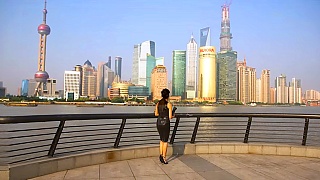
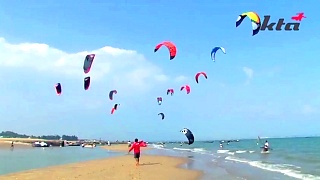
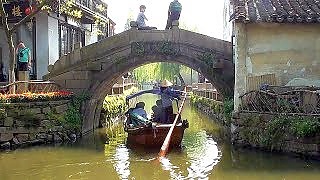
 The beautiful ZhuJiaJiao 朱家角 Water Town, ShangHai
The beautiful ZhuJiaJiao 朱家角 Water Town, ShangHai